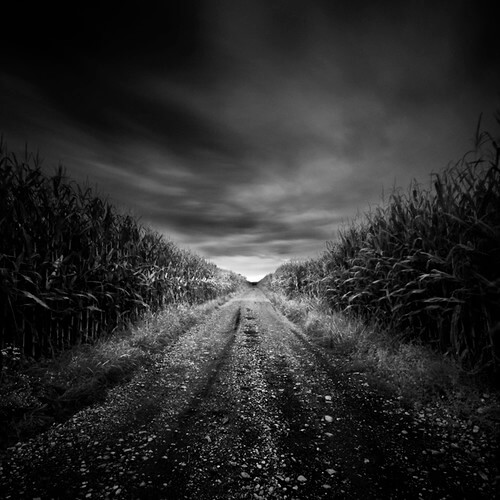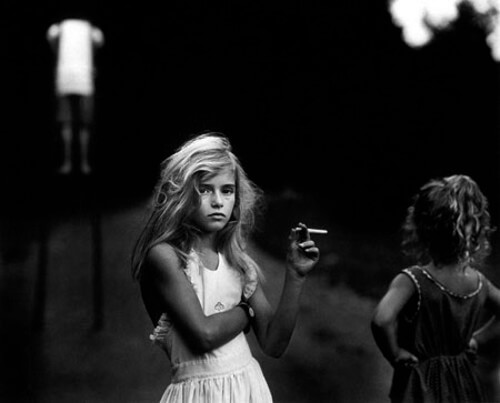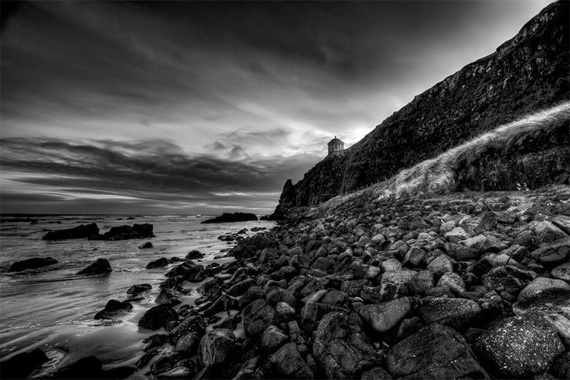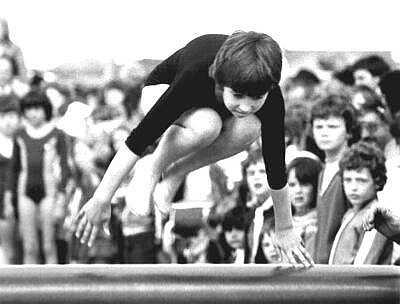black white photography
In sterile, dictionary language, photography might be defined as, "the process, of recording visual images", or words to that effect. I didn't actually look up the definition, but you get the idea. In any event, rigid definitions don't exist when you're talking about art.
Which is the superior medium, color or black and white, film or digital are subjective questions, without definative answers. What works in one situation may fail miserably in another. Sporting events are one example of a situation when color is superior. Landscapes and portrature can go either way. A black and white landscape can save a picture from being overwhelmed by excessive color. Everything comes down to application and execution.
Why Black and White?
Great novel's have a way of expressing profound ideas in ways that go beyond mere recitation of fact. One need only think of Upton Sinclair's "The Jungle", or Harriet Beecher Stowe's "Uncle Tom's Cabin". Just as great ideas are sometimes most powerfully expressed through fiction, the best black and white photography speaks to deeper truth. Black and white allows the photographer as artist to reveal a world invisible to the naked eye. In black and white, abstract shapes, contrast, and recurring patterns have a psychological impact and dignity often unrealized in color. When the beauty of a common place item comes through in a photograph, the photograph has become art.
Photography began as black and white, or more specifically monochrome. Not all early images were truly black and white. Many had a brownish tint (sepia), and others even had hints of blue when the cyanotype process was employed.
If a relatively young art form can be said to have a 'classical' period, it would probably be that time when monochrome was the only option. The fist photographs to be considered art were all black and white. I suspect this may have let to psychological expectations as to what a classic photograph should look like. Achieving a timeless look has much to do with why many masters of photography continue to work in this medium. From a purely technical standpoint, black and white prints simply last longer. Even the very best color prints degrade over time.
For reason's I cannot explain, some things simply look better in black and white. My personal rule when retaining photographs is......"If in doubt, throw it out". The last thing I do before deleting a picture, is converting it to black and white. Most of them still get thrown out, however, just often enough to keep me doing it, I'm stunned by what I see in black and white. A ho-hum color picture suddenly possesses that indefinable something that makes it a keeper. I've thought long and hard as to why this should be so. I don't have any answers.
I should point out, that most of my work is in color. I love color, and it will probably always be my primary medium. There are times, however, when black and white stands out. If you've ever tried doing serious landscape photography, you know one of the most important considerations is getting the sky right. The best composition in the world won't compensate for a white sky, something that's caused many of my photos have hit the circular file. Setting the exposure meter against the sky can go a long ways towards preventing this problem, but the technique isn't foolproof. On an overcast day metering against the sky can result in other features being too dark.
This is less of a problem with digital photography, especially when shooting in the RAW format, but it can be serious issue with film. Black and white offers a way around this difficulty. If your digital camera has the option of shooting in black and white, by all means use it. Shooting in the black and white mode seems to add a depth and quality lacking when removing color on the computer. An even worse time to set the meter against the sky is midday in summer as that's the time wave lengths of light are at their most constricted. Every outdoor photographer knows the best times are those hours just after sunrise, and just before sunset. Unfortunately, we don't always enjoy the luxury of hanging around until the conditions are perfect.
The next time you're faced with this situation, try black and white with a red filter. Ansel Adams used this technique, and if Ansel did it, it should be good enough for anybody. The red filter turns that whitish midday sky to a dark, lovely grey in black and white. The darker the red filter, the darker the sky. In black and white the sky will look as if it had been a deep dark blue, and no one will be the wiser. Some big, puffy cumulus clouds will make it even better. If you have the opportunity to look at a collection of Ansel Adams photos, pay attention to how he often used clouds to great effect.
Digital photography has taken the black and white medium to unprecedented heights. Today's high end digital camera's and powerful computer software, give the modern photographic artist control the masters of old never dreamed of.
Which is the superior medium, color or black and white, film or digital are subjective questions, without definative answers. What works in one situation may fail miserably in another. Sporting events are one example of a situation when color is superior. Landscapes and portrature can go either way. A black and white landscape can save a picture from being overwhelmed by excessive color. Everything comes down to application and execution.
Why Black and White?
Great novel's have a way of expressing profound ideas in ways that go beyond mere recitation of fact. One need only think of Upton Sinclair's "The Jungle", or Harriet Beecher Stowe's "Uncle Tom's Cabin". Just as great ideas are sometimes most powerfully expressed through fiction, the best black and white photography speaks to deeper truth. Black and white allows the photographer as artist to reveal a world invisible to the naked eye. In black and white, abstract shapes, contrast, and recurring patterns have a psychological impact and dignity often unrealized in color. When the beauty of a common place item comes through in a photograph, the photograph has become art.
Photography began as black and white, or more specifically monochrome. Not all early images were truly black and white. Many had a brownish tint (sepia), and others even had hints of blue when the cyanotype process was employed.
If a relatively young art form can be said to have a 'classical' period, it would probably be that time when monochrome was the only option. The fist photographs to be considered art were all black and white. I suspect this may have let to psychological expectations as to what a classic photograph should look like. Achieving a timeless look has much to do with why many masters of photography continue to work in this medium. From a purely technical standpoint, black and white prints simply last longer. Even the very best color prints degrade over time.
For reason's I cannot explain, some things simply look better in black and white. My personal rule when retaining photographs is......"If in doubt, throw it out". The last thing I do before deleting a picture, is converting it to black and white. Most of them still get thrown out, however, just often enough to keep me doing it, I'm stunned by what I see in black and white. A ho-hum color picture suddenly possesses that indefinable something that makes it a keeper. I've thought long and hard as to why this should be so. I don't have any answers.
I should point out, that most of my work is in color. I love color, and it will probably always be my primary medium. There are times, however, when black and white stands out. If you've ever tried doing serious landscape photography, you know one of the most important considerations is getting the sky right. The best composition in the world won't compensate for a white sky, something that's caused many of my photos have hit the circular file. Setting the exposure meter against the sky can go a long ways towards preventing this problem, but the technique isn't foolproof. On an overcast day metering against the sky can result in other features being too dark.
This is less of a problem with digital photography, especially when shooting in the RAW format, but it can be serious issue with film. Black and white offers a way around this difficulty. If your digital camera has the option of shooting in black and white, by all means use it. Shooting in the black and white mode seems to add a depth and quality lacking when removing color on the computer. An even worse time to set the meter against the sky is midday in summer as that's the time wave lengths of light are at their most constricted. Every outdoor photographer knows the best times are those hours just after sunrise, and just before sunset. Unfortunately, we don't always enjoy the luxury of hanging around until the conditions are perfect.
The next time you're faced with this situation, try black and white with a red filter. Ansel Adams used this technique, and if Ansel did it, it should be good enough for anybody. The red filter turns that whitish midday sky to a dark, lovely grey in black and white. The darker the red filter, the darker the sky. In black and white the sky will look as if it had been a deep dark blue, and no one will be the wiser. Some big, puffy cumulus clouds will make it even better. If you have the opportunity to look at a collection of Ansel Adams photos, pay attention to how he often used clouds to great effect.
Digital photography has taken the black and white medium to unprecedented heights. Today's high end digital camera's and powerful computer software, give the modern photographic artist control the masters of old never dreamed of.
black white photography
black white photography
black white photography
black white photography
black white photography
black white photography
black white photography
black white photography
black white photography
black white photography
black white photography
black white photography
black white photography
black white photography
black white photography
black white photography
black white photography
black white photography
black white photography
black white photography



















